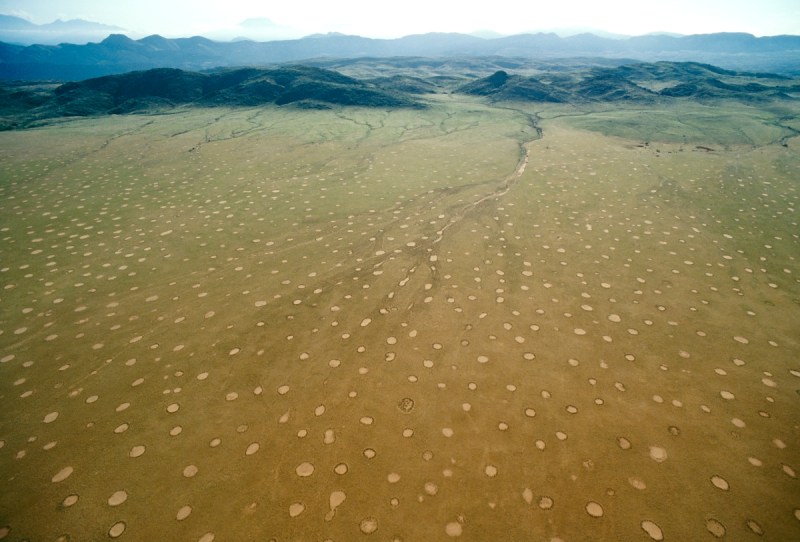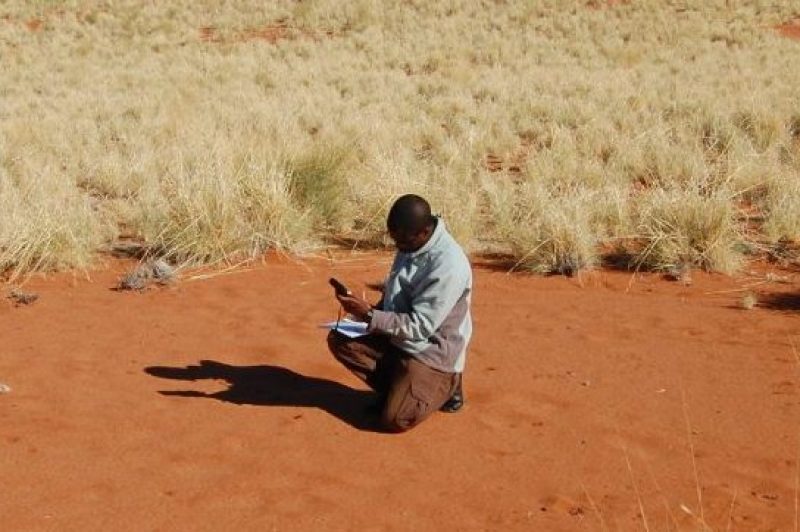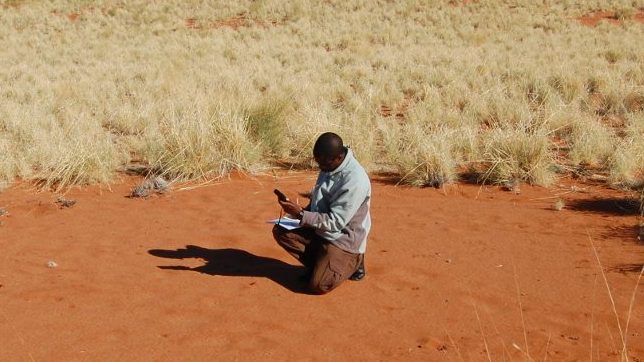
Fairy circles, which are circular holes surrounded by rings of tall grass, have been a feature of the Namibian landscape for centuries. They’ve been explained as God’s footprints, evidence of underground dragons, and more recently as the aftermath of hungry termites. A definitive explanation of how fairy circles form remains a mystery, though.
At least, it did until Princeton University theoretical biologist Corina Tarnita built a mathematical model to figure out how nature creates patterns on different spatial scales over time. This model may have finally answered the fairy circle question.
According to Tarnita, fairy circles are caused by a combination of termites, whose colonies create large-scale patterns as they feed, and plants, which self-organize around available moisture. Given the predictably dry conditions in the Gamibi desert, plants create gap patterns in the landscape as they huddle around what little moisture is present.

Tarnita, along with University of Strathclyde theoretical ecologist Juan A. Bonachela, put together a pretty compelling explanation: When termites build colony mounds in the desert, they reroute local water flow, thus creating those barren patches. That water flow is also responsible for clumps of grass between the fairy circles, which previous research teams overlooked.
While there still hasn’t been enough targeted observation of the area to draw any definitive conclusions about what causes fairy circles, Tarnita and Bonachela make a convincing case. Read their paper on the subject by clicking here.
—RealClearLife Staff
This article was featured in the InsideHook newsletter. Sign up now.
























